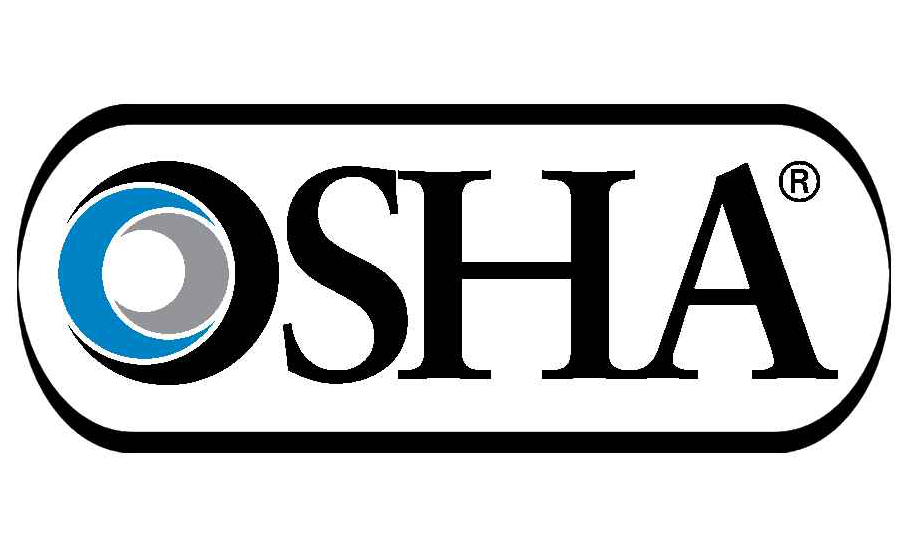Time and technology are supposed to ensure that humans work smarter and safer over time. Unfortunately, a recent report from OSHA reveals that fatality investigations in the workplace are actually on the rise, rather than in decline.
What the OSHA report says
In 1970, the Occupational Safety Health Act created a government body tasked with nothing more or less than helping ensure safe workplace conditions for all.
The most recent report from OSHA shows that the organization is struggling in that mission. There are several reasons for the downturn in workplace safety OSHA describes in its most recent report on inspections and fatalities in U.S. workplaces. But first, we need the details:
According to OSHA, the organization made more “fatality inspections” in the 2018 fiscal year than in any other year in their last decade-plus of operation. OSHA performed 32,023 total inspections in 2018, marking a 1.2% drop since 2017. Of those inspections, however, 941 were categorized as “catastrophes” or “fatalities.”
Inspections for such incidents now occur in American workplaces more frequently than at any point since 2007. In 2007, OSHA conducted 1,043 fatality and catastrophe inspections.
These numbers tell us a few things about OSHA, its mission and the general state of safety-mindedness in modern workplaces.
Why are workplace fatalities on the rise?
The data above tells us that, even though OSHA is performing fewer facility inspections overall, a greater portion of the inspections they do carry out concern grievous injuries and deaths on the job. There’s no other conclusion to draw except that workplaces in America which rely on heavy or demanding labor are getting less, not more, safe overtime for workers.
But why?
Part of the problem is that enforcement doesn’t just happen by itself. After a Freedom of Information request (FOIA #871618), OSHA confirmed in January 2019 that it is now operating with the fewest number of enforcement officers and health and safety inspectors than at any point in nearly the last half-century.
This is a direct consequence of interference at the federal level. It would take decades for OSHA to inspect each of the workplaces currently under its jurisdiction – there are just 2,100 inspectors representing 130 million employees. Even with that kind of pressure, the regulatory body is the specific target of labor cuts and delays in hiring under the Trump Administration and the Republican Congress.
OSHA is essentially being starved of human resources. This has resulted in marked declines in the number of inspections carried out in response to fatalities; hazards resulting in pain and disorders; poor workplace ergonomics; heat stress (despite rising temperatures everywhere); process management problems, and more.
As a reference point:
OSHA measures its levels of enforcement activity in terms of “enforcement units” (EUs). Their 2018 report indicates that, in fiscal year 2016, OSHA reported 42,900 enforcement units. The 2017 fiscal year saw a decline of 1,071 EUs and fiscal year 2018 saw a further drop of 351 EUs.
Looking even further back, it seems logical to attribute recent rises in fatalities and catastrophes in the workplace to the drop in inspections for “serious violations,” “willful violations” and “repeat violations” alike. All three categories of safety violation saw inspections drop between 2011 and 2016.
This sounds abstract until you realize that these numbers literally represent human lives that we’ve failed to protect. Thousands of them.
What this means for employees in labor jobs
What else does the data in these reports show? And, critically, what does it mean for employees in labor jobs? A tidy summary of OSHA’s findings would go something like this:
OSHA isn’t staffing up fast enough to keep up with employers who violate safety rules. And because safety violations – even “serious,” “willful” and “repeat” ones – are going unanswered, there isn’t a strong incentive among employers to take worker safety seriously.
The 2020 federal budget proposal would cut another $305 million from the Department of Labor and maintain its “targeted investments” in OSHA and other safety departments. Despite cutting or holding the line on funding for these departments, the latest Trump-Republican budget proposal also provides instructions for OSHA to ramp up inspections in high-risk and high-hazard industries.
Again, poor funding isn’t the only barrier preventing us from turning these trends around. OSHA’s problems also stem from halts on staffing and a lack of prioritization for safety enforcement duties.
OSHA already does a lot with very little. But judging by the numbers, this unsustainable enforcement and funding model has finally reached the breaking point – and it’s making workers everywhere less safe on the job.




